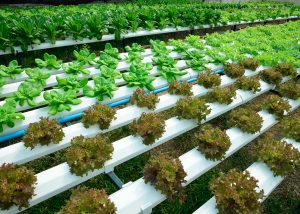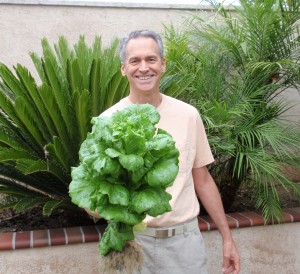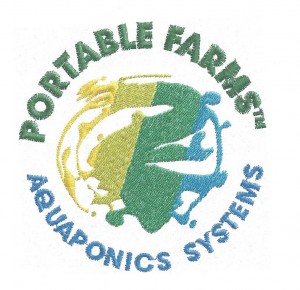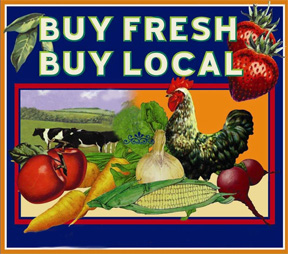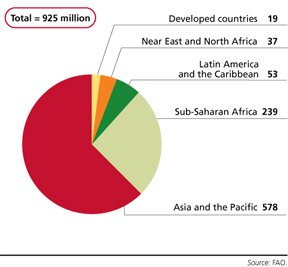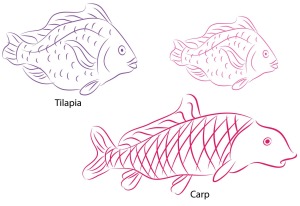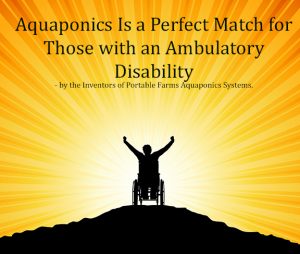Here is The Difference Between Hydroponics and Aquaponics – by Colle and Phyllis Davis A commercial aquaponics system creates immediate jobs and food for semi-skilled people trained in less than a week. Permanent full-time jobs and year round food production in three months in greenhouses or warehouse. Grows pesticide free food, table vegetables and fish, …
Tag: sufficiency
Warehouse Aquaponics? Yes, Here’s How . . .
Warehouse Aquaponics with Portable Farms®? Yes, Here’s How . . . – by Colle and Phyllis Davis We cracked the code so you make money faster and easier and with LOWER ELECTRICAL COSTS to increase your ROI for warehouse aquaponics! You’re welcome. Those huge empty warehouses on the edge of town seem to be begging to …
Think Ahead for Winter Growing
Winter Growing in Aquaponics – by Colle and Phyllis Davis Yes, you can grow a variety of crops YEAR ROUND in aquaponics in acclimatized greenhouses if you install grow lights for use during winter months to extend the light of the day. In order to grow food you need six hours of direct sunlight per …
Want to Make a Chef Weak and Breathless?
Want to Make a Chef Weak and Breathless? – Colle and Phyllis Davis Do you want to know how to make an Executive Chef weak at the knees and breathless? Offer them a farm that grows an unlimited supply of fresh pesticide-free food and home-grown fish that’s near their kitchen. Then, after they wipe tears …
Fill & Drain vs. Raft Aquaponics
Fill & Drain vs. Raft Aquaponics– by Colle and Phyllis Davis The Portable Farms® Aquaponics Systems are ideally designed for community aquaponics growing. One acre of land can accommodate 120 Portable Farms® Aquaponics Systems’ modules installed in four separate greenhouses housing 30 modules each to grow 320,000 vegetables and 92,000 pounds of fish which will feed …
Community Aquaponics is the HOT NEW TREND
Community Aquaponics is the HOT NEW TREND – by Colle and Phyllis Davis The impact of a single community aquaponics system is much larger than the excellent ROI (Return on Investment) and high monthly income. The impact of multiple units has a profound effect on virtually every aspect of a community. 10,000 Sq ft Portable …
Teach Your Daughter Aquaponics
TEACH YOUR DAUGHTER AQUAPONICS– by Colle and Phyllis Davis Besides all the love and attention you currently lavish on her, what else can you teach this joyful addition to your life – – this legacy to your genes, to insure her health and survival? Can you do anything differently than your parents did for you …
Feeding the Hungry with Portable Farms®
Feeding the Hungry with Portable Farms® – by Colle and Phyllis Davis As we find ourselves in the midst of pandemic and unemployment, there is a way to help those as close as your family or as inclusive as your community or even a larger section of the earth by installing an aquaponics system. Now …
Tilapia – The Fish That Fertilizes Plants in Portable Farms Aquaponics Systems
Tilapia – The Fish That Fertilizes Plants in Portable Farms Aquaponics Systems– by Colle and Phyllis Davis One of the most commonly asked questions we receive is concerning the fish that we use in Portable Farms®, “Why Tilapia?’” In the US, please check with your local Fish and Wildlife Department in your State and see if Tilapia …
Aquaponics Is a Perfect Match for Those with an Ambulatory Disability
Aquaponics Is a Perfect Match for Those with an Ambulatory Disability LOVE TO GARDEN? But, can’t bend or stoop? Portable Farms® has a solution! – by the Inventors of Portable Farms® Aquaponics Systems Until now, ‘dirt gardens’ have not been an option for those with ambulatory disabilities because of their difficulty reaching down to the ground dig …
